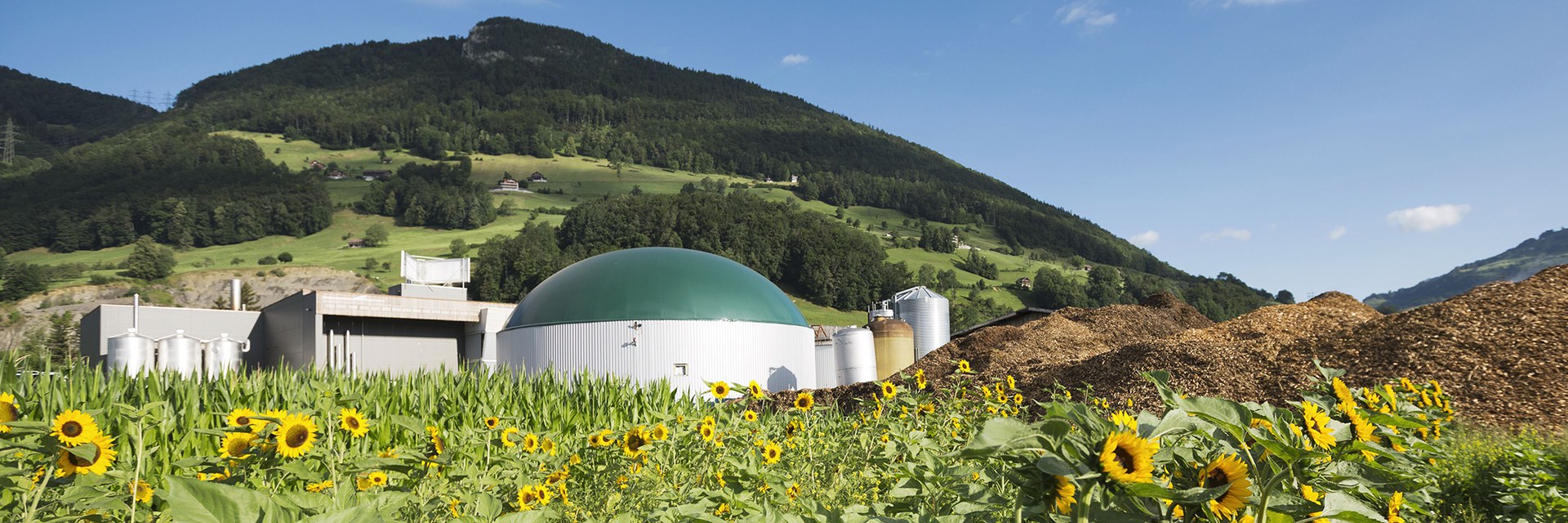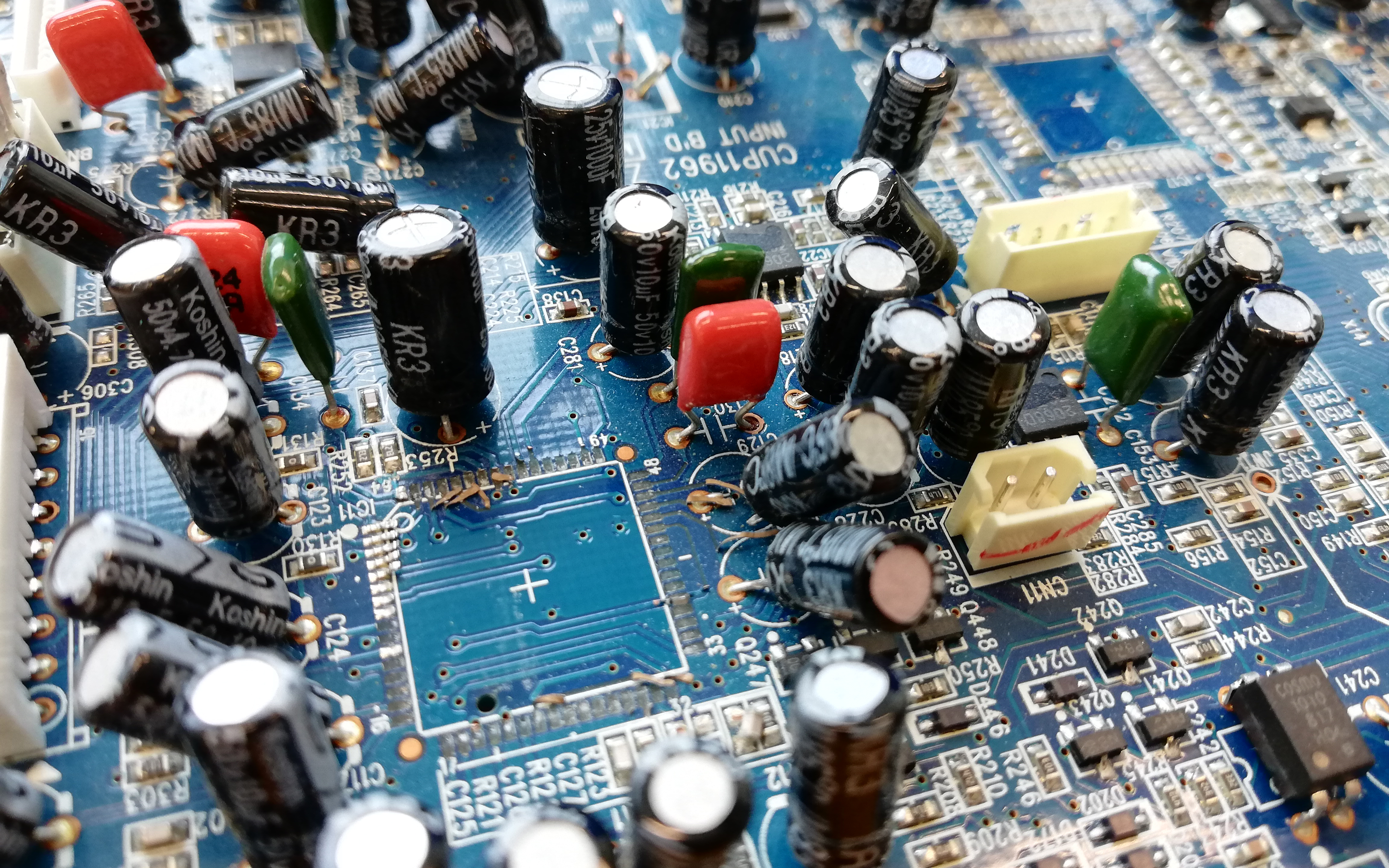
26.5.2021 | Institut für Biomasse und Ressourceneffizienz
High Voltage Pulse Fragmentation Technology to recycle electronic waste
Together with its partners, the FHNW Institute for Biomass and Resource Efficiency has successfully applied High Voltage Pulse Fragmentation Technology to recycle electronic waste.

One of the fastest growing solid waste streams in Switzerland, the European Union and globally is electronic waste (EW). It is characterized by complex, often unknown mixtures of materials and elements, with individual components consisting of valuable metals that are a challenge to separate, recover and recycle once the device has exceeded its usefulness. Because of this recycling complexity, most electronic wastes end up in landfills, essentially abandoning any possibility of recovering their valuable resources, thereby putting a further strain on the environment.
Current methods for resource recovery from EW are time consuming, requiring manual waste disassembly followed by mechanical processing using crushing, sieving, and magnetic and density separations. They also result in a high amount of secondary waste, the disposal of which must be considered. Within the framework of a feasibility study, Unirec GmbH and the FHNW have applied High Voltage Fragmentation (HVF) to quickly dissociate component materials and recover the valuable resources from the EW matrix with a minimal effort, and post material processing.
The feasibility study successfully showed that a prerequisite for the success of HVF is the advanced separation of the various electronic parts, such as the capacitors from the motherboard. This allows metals to be recovered selectively and significantly reduces the amount of secondary waste. In the next research step, the HVF method will be expanded into the HVF PLUS, which includes a pre-stage for mechanical separation of the individual electronic components and further optimization of HVF technology for EW resource recovery. The feasibility study was funded by the Hightech Zentrum Aargau.
